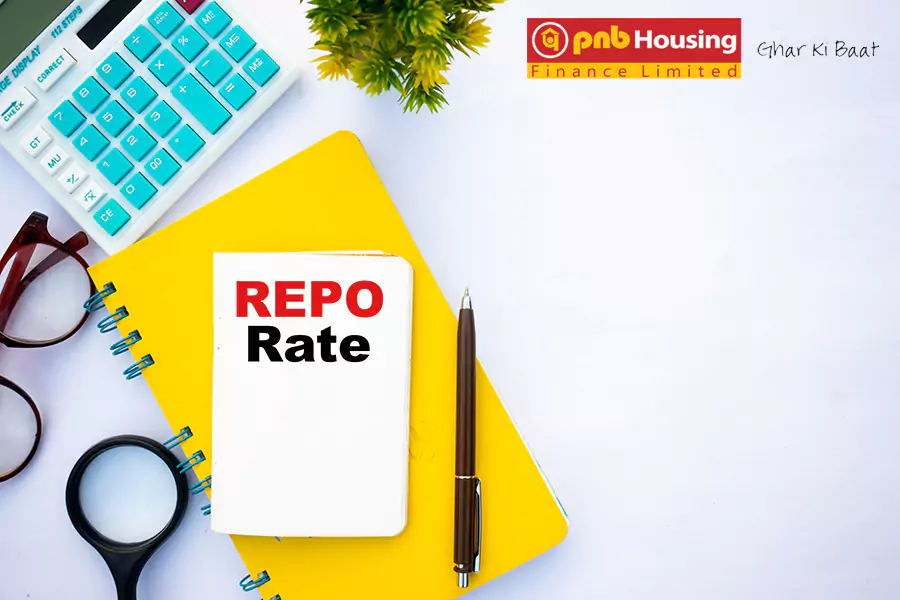When you’re planning to buy or construct a house, one of the key decisions is choosing between a plot loan and a home loan. While both options provide financing, they serve different purposes and come with distinct eligibility criteria, tax benefits, and terms & conditions. This article will guide you through the essential differences between a plot loan and a home loan, helping you decide which option is better suited for your needs.
What is a Plot Loan?
As the name suggests, a plot loan, or a land loan, is a type of financing designed specifically for purchasing a plot of land. This loan is ideal for individuals who want to buy land as an asset and decide later how to make the best use of it. However, lenders often limit plot loans to purchasing land within municipal limits or in areas designated for residential use.
- Loan-to-Value Ratio (LTV): Generally, up to 70-75% of the plot’s market value.
- Tenure: Plot loans typically have shorter repayment terms, usually up to 15 years.
- Example: Mr A, a tech manager, finds a ₹30 lakh plot but isn’t ready to build yet. He secures a plot loan covering 75% (₹22.50 lakhs) at 9.50% interest with a 10-year repayment tenure, resulting in a ₹29,000 monthly EMI. This allows him to purchase the land now and plan construction later.
Plot loans do not offer the same tax benefits as home loans unless the land is used for residential construction within a stipulated time frame.
What is a Home Loan?
A home loan is especially meant for purchasing a constructed residential property, whether it's an apartment, villa, or independent house. Home loans come with attractive interest rates and extended repayment tenures, making them one of the most popular forms of financing in real estate.
- Loan-to-Value Ratio (LTV): Usually, up to 80-90% of the property’s market value.
- Tenure: Home loans can have tenures extending up to 30 years, offering flexibility in repayment.
- Example: Ms B, a senior executive at an MNC, buys her dream apartment for ₹80 lakhs with a home loan covering 85% (₹68 lakhs) at 8.5% interest over 20 years. Her EMI is ₹59,000, making homeownership affordable while spreading payments over time.
Home loans also provide substantial tax benefits under Section 24(b) and Section 80C of the Income Tax Act, making them an attractive option for property buyers. These tax benefits add to the overall appeal of home loans, but how do they compare with plot loans? Let's explore.
Suggested Read: What is Home Loan? Everything You Need to Know About Housing Loan
Key Differences Between Plot Loan and Home Loan
| Criteria | Plot Loan | Home Loan |
|---|---|---|
| Purpose | To buy a plot of land | To buy a constructed residential property |
| Loan-to-Value (LTV) Ratio | 70-75% | 80-90% |
| Repayment Tenure | Up to 15 years | Up to 30 years |
| Tax Benefits | Limited, unless construction for residential use is completed | Significant tax benefits under Section 80C & 24(b) |
| Interest Rates | Slightly higher than home loans | Generally lower, depending on lender policies |
| Construction Requirement | Not mandatory, but it should happen within a timeframe | No such restriction |
This table highlights the major difference between home loans and plot loans, helping you better understand which option suits your property financing needs.
Eligibility Criteria for Plot Loan vs Home Loan
When applying for a plot loan vs. a home loan, it’s essential to understand that both loans have different eligibility criteria, such as income, property location, and credit score.
Plot Loan Eligibility:
- Must be for purchasing a residential plot within approved areas.
- Construction within 2-3 years is required by some lenders.
- Profession: The borrower must be a Salaried individual, Self employed or Business owner
- Credit Score: A borrower’s credit score should be at least 650 to qualify for attractive interest rates. The interest rates increase as the credit score reduces.
- Age: Borrowers must not be older than 70 years of age at the time of loan maturity.
- Loan Tenor: The length of a loan term determines the amount of loan eligibility.
- Cost of the Property: The property cost will determine the loan, as per LTV policies.
Home Loan Eligibility:
- The property must be for residential purposes and have clear titles.
- The loan amount relies on your credit score, income, and house value
- Age: Applicants should be 21 years or older when applying for a home loan and not exceed 70 years when the loan matures.
- Monthly salary/income: ₹15,000 and above
- Required CIBIL Score: Minimum 611
- Work experience for salaried individuals: 3+ years
- Business continuity for self-employed: 3+ years
Suggested Read: How to Improve your Home Loan Eligibility?
Tax Benefits Comparison
A critical factor in deciding between a plot loan vs home loan is the tax benefit each offers.
- Plot Loan: You can only claim tax deductions under Section 24(b) if construction on the plot is completed within five years. The deductions are applicable on the interest paid, up to ₹2 lakh per year, but only after the construction is completed.
- Home Loan: Home loans offer robust tax benefits under both Section 80C (principal repayment up to ₹1.5 lakh) and Section 24(b) (interest repayment up to ₹2 lakh). These benefits are available from the start, as long as the house is being used for residential purposes.
Suggested Read: How to Avail Tax Benefits on a Joint Home Loan (3 Possible Ways)
Which Loan is Right: Plot Loan or Home Loan?
Choosing between a plot loan and home loan depends on your end goal. If you’re looking to build a custom home in the future but are not yet ready to start construction, a plot loan might be ideal.
On the other hand, if you’re interested in moving into a ready-to-live home or starting construction immediately, a home loan is a better option. Additionally, if tax benefits are a priority for you, a home loan typically offers better advantages.
Conclusion
Deciding between a plot loan and home loan requires complete consideration of your financial situation, future property plans, and the tax benefits you want to leverage since it is a significant financial commitment. A plot loan is a great option for those looking to secure land for future construction, while a home loan is more suited for individuals who want to purchase or construct a residential property immediately.
FAQs
Is a plot loan the same as a home loan?No, a plot loan is specifically for purchasing a piece of land, while a home loan is for buying a constructed property or building a home on a plot.
Is construction necessary for a plot loan?Not immediately, but most lenders expect construction to start within a certain period, typically 2-3 years, to avail tax benefits.
Can I take a plot loan and a home loan together?Yes, you can take both a plot loan and a home loan, but the plot loan must be repaid or converted into a home loan once construction begins.
What is the maximum loan-to-value (LTV) ratio for plot loans vs. home loans?The LTV ratio for plot loans is usually between 70-75%, while for home loans, it can go up to 80-90%, depending on the lender.























